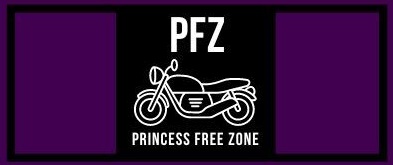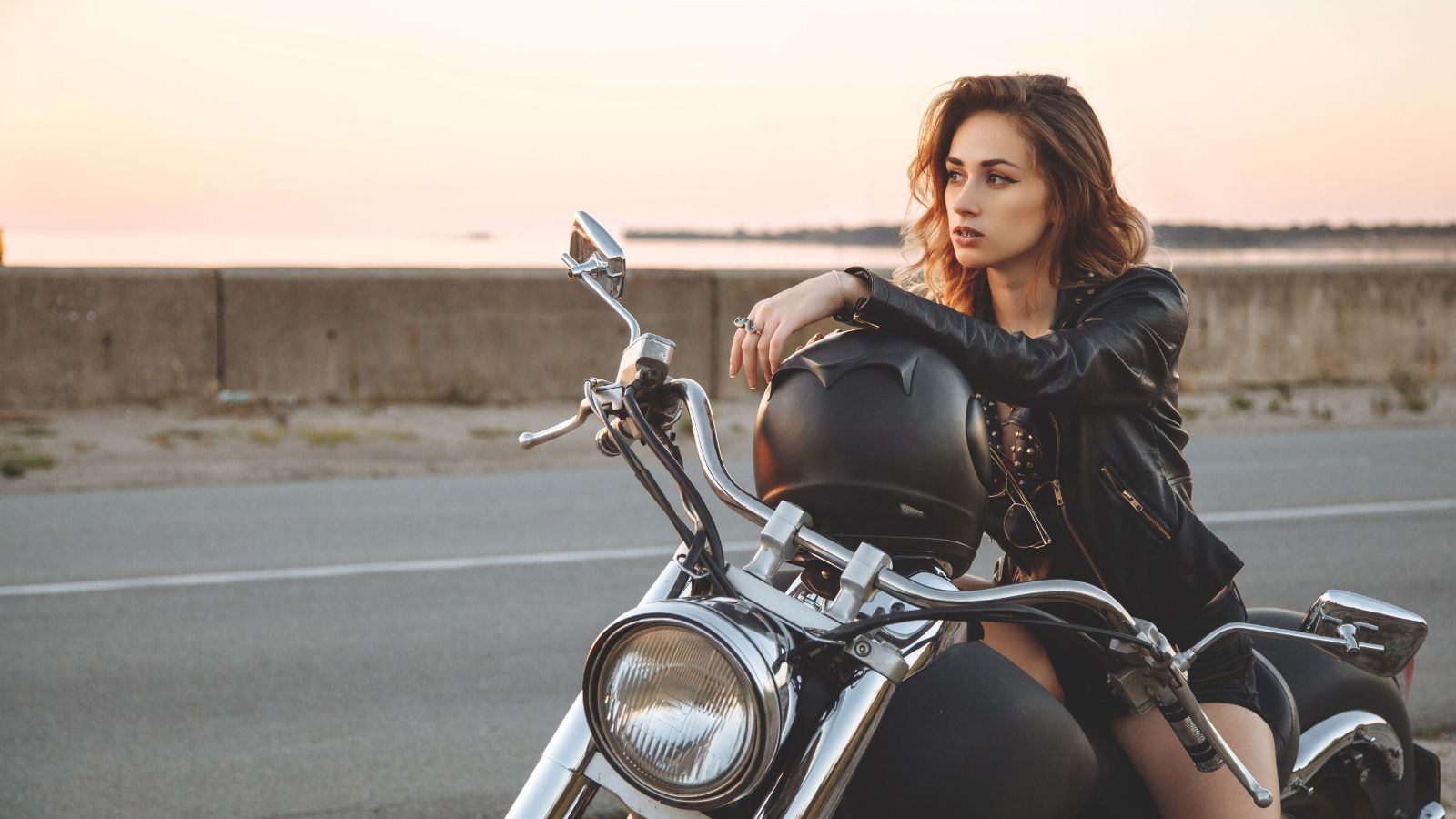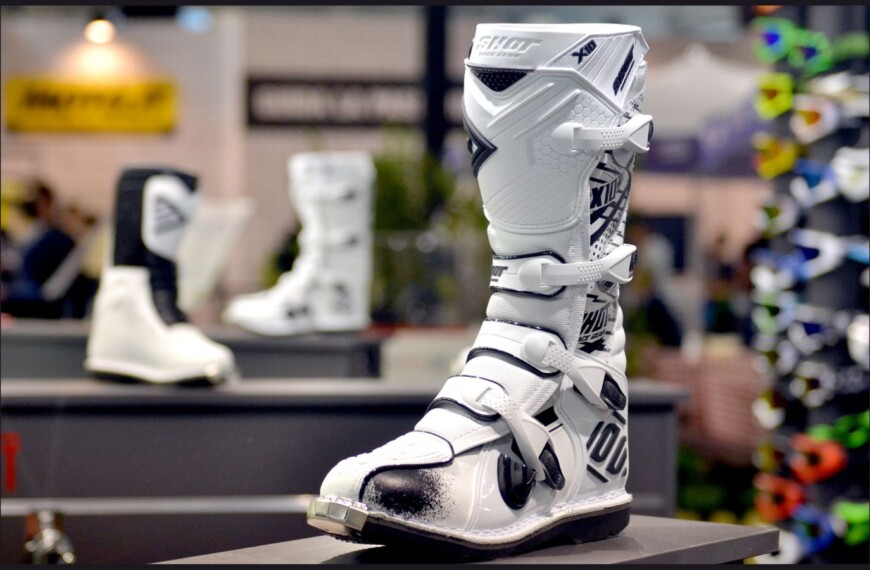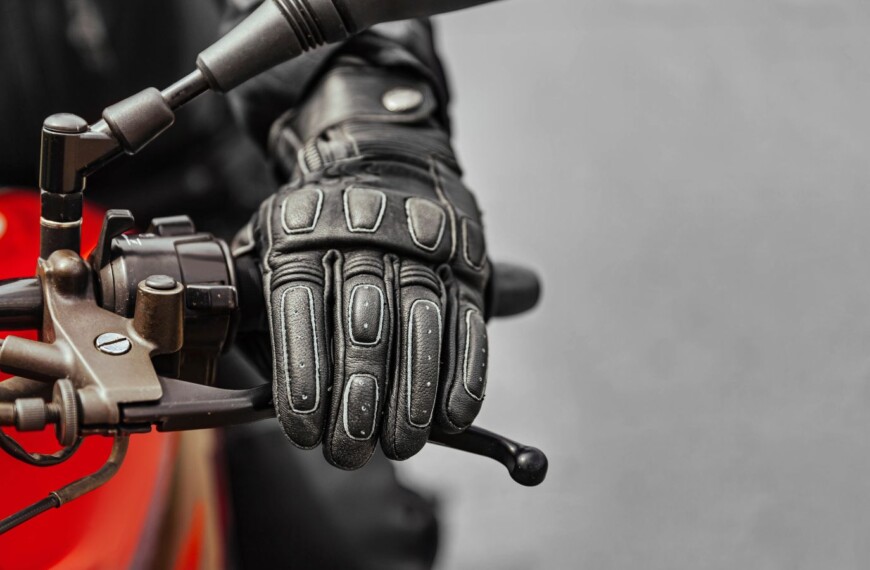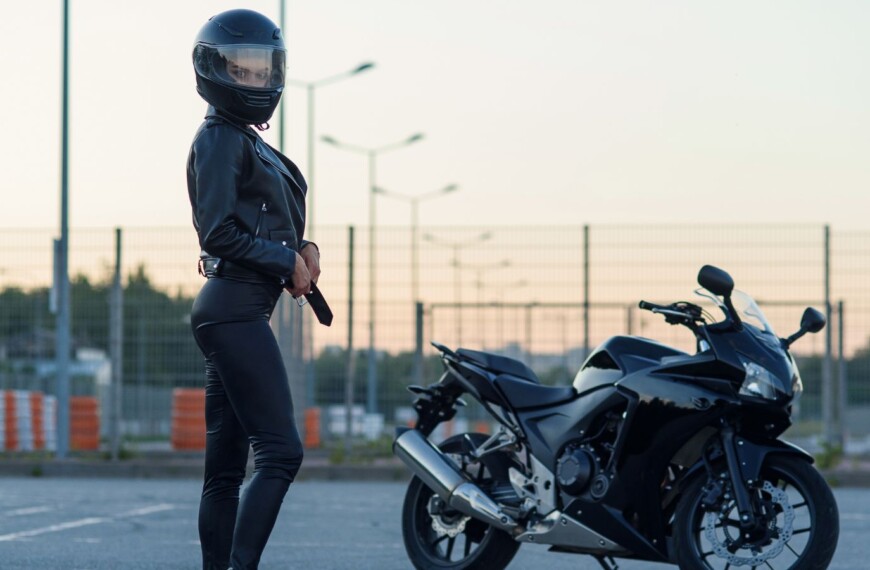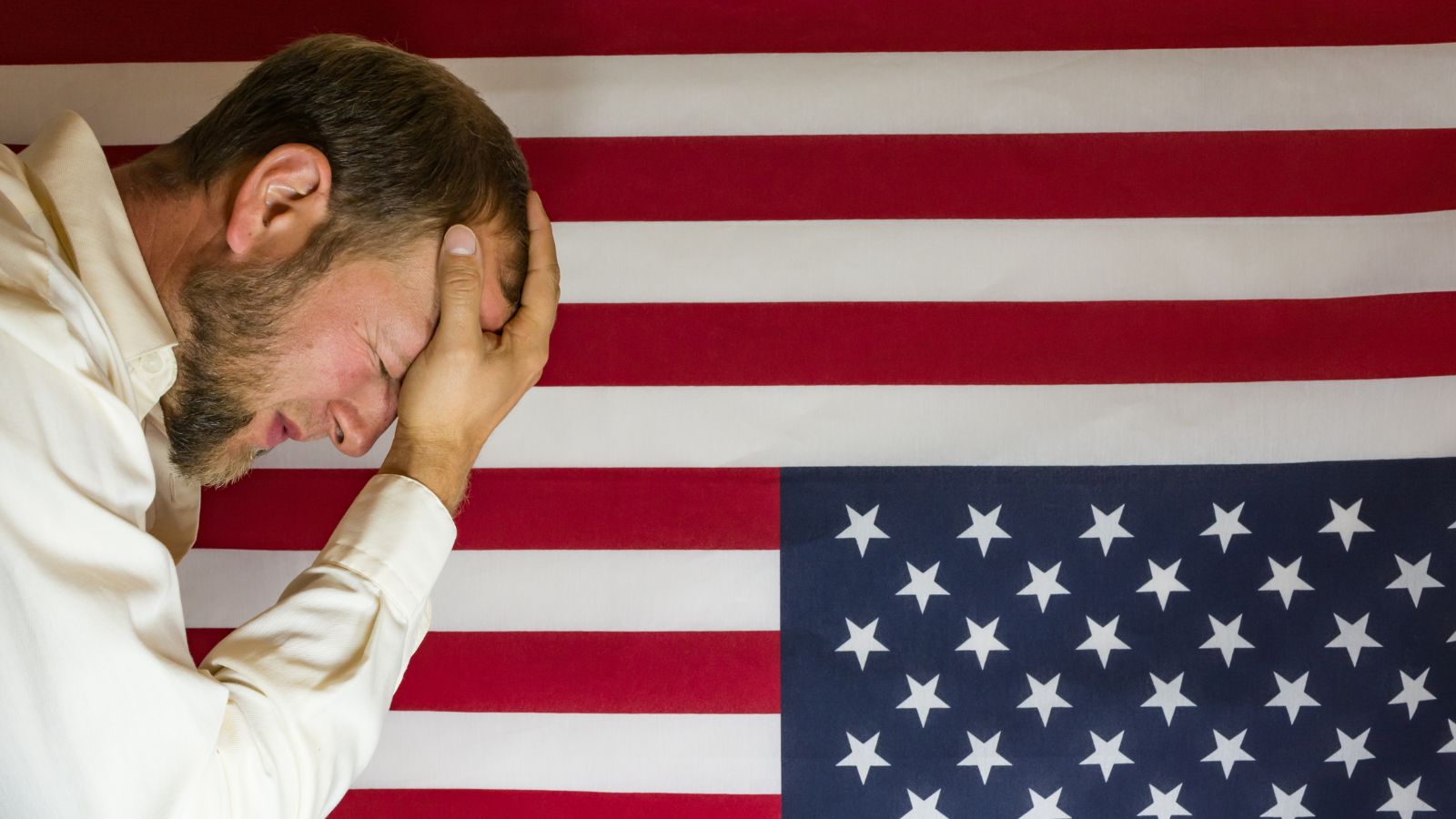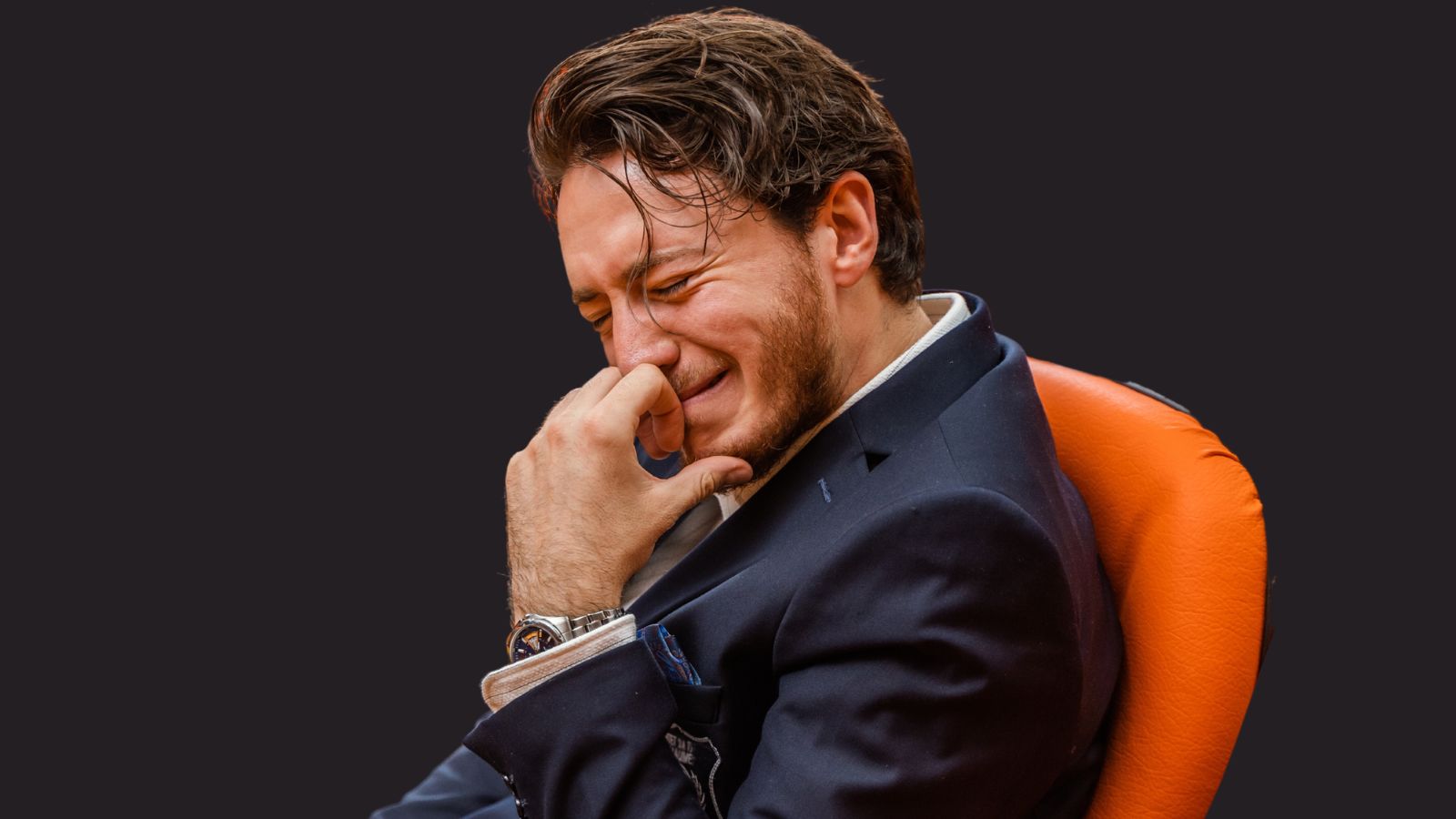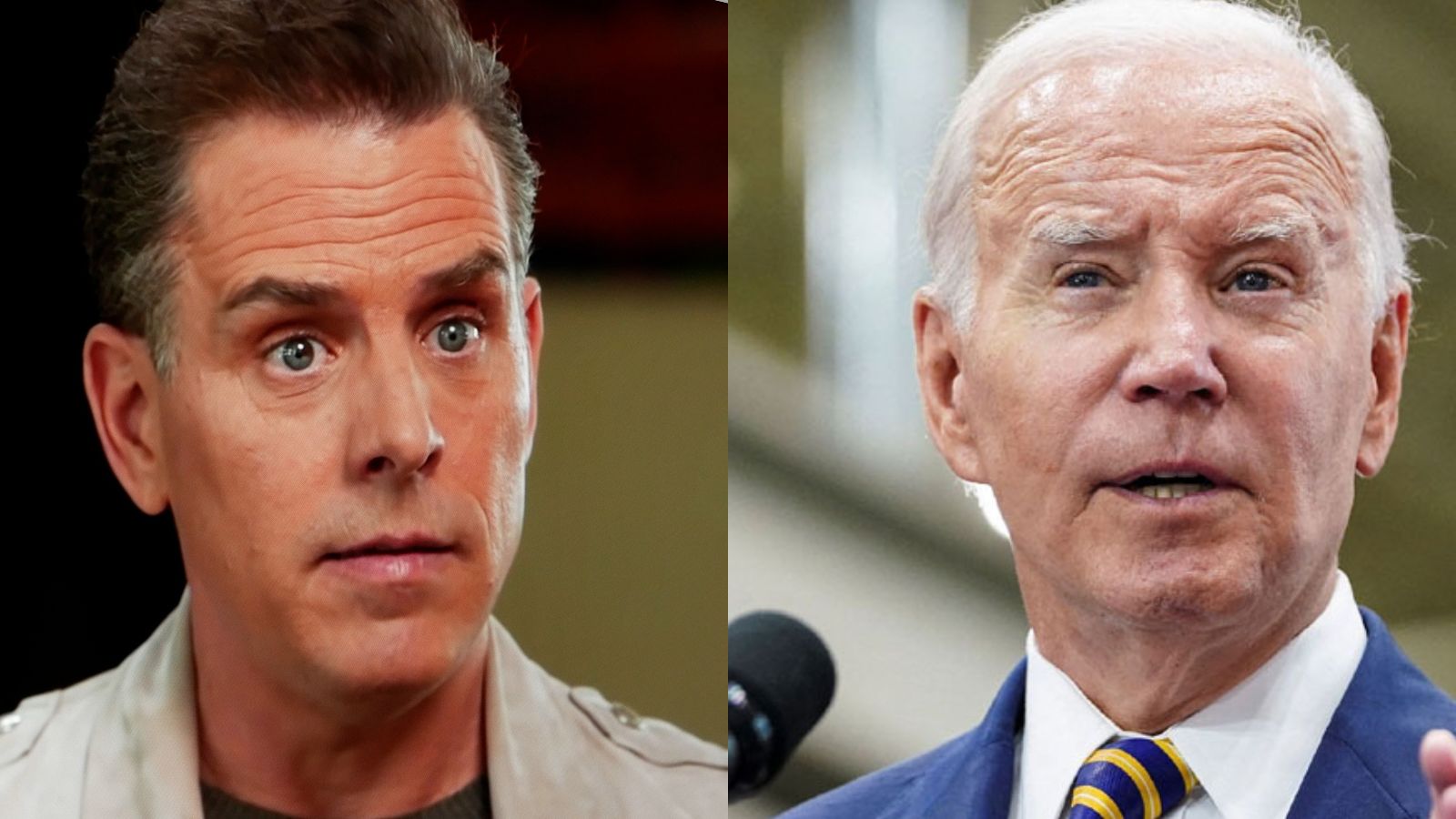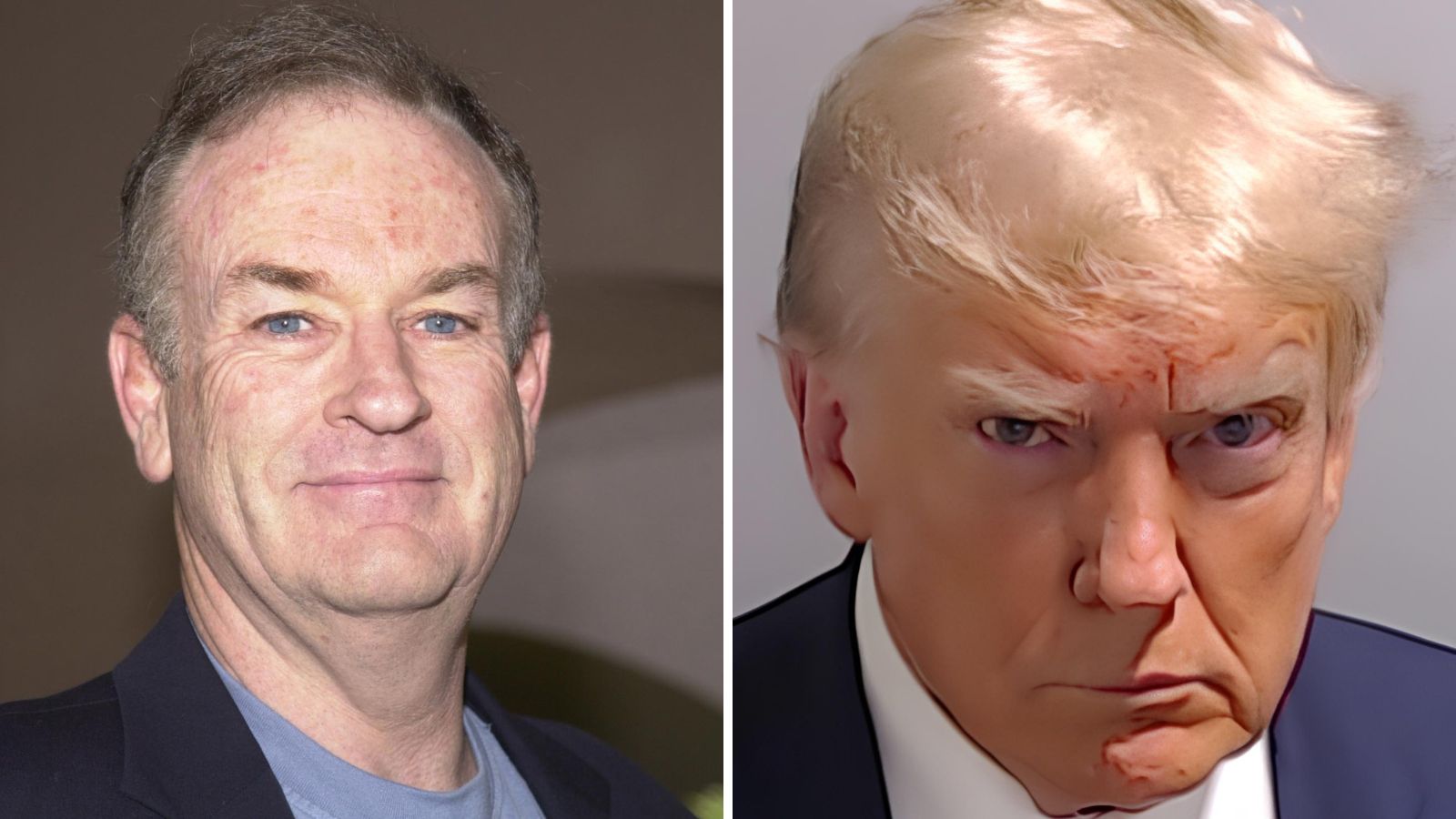A motorcycle jacket is much more than a stylish accessory; it’s a crucial piece of gear that offers protection and comfort while riding. Selecting the right motorcycle jacket involves considering various factors like material, fit, features, and intended use. This article aims to guide you through the process of choosing the right jacket for your motorcycle adventures.
Material: Leather vs Textile
Leather Jackets
- Durability: Leather is renowned for its natural resistance to abrasion, making it incredibly durable. Over time, leather jackets tend to mold to your body shape, offering a personalized fit.
- Weather Resistance: While leather isn’t waterproof, it is naturally water-resistant to some extent. Additionally, leather can offer better insulation against colder weather.
- Style: Leather jackets are iconic and have been associated with motorcycle culture for decades. They offer a classic, timeless aesthetic that many riders appreciate.
Textile Jackets
- Versatility: Textile materials like nylon or polyester can be manipulated for various purposes including better ventilation and waterproofing, making these jackets versatile for multiple riding conditions.
- Lightweight: Textile jackets are generally less heavy than their leather counterparts, making them more comfortable for extended periods, especially in hot weather.
- Advanced Features: Textile jackets often incorporate cutting-edge materials like Gore-Tex or Kevlar, providing superior waterproofing, breathability, or impact protection.
Fit and Sizing
- Snug but Not Tight: A motorcycle jacket should fit snugly enough to keep protective armor in place but not so tight that it restricts your range of motion.
- Length: Sportbike riders may prefer jackets that are shorter in the front and longer in the back for comfort in a tucked position. Cruiser riders might opt for jackets that offer a more even length from front to back.
- Adjustable Features: Look for features like adjustable waistbands, sleeve fasteners, and collar snaps. These allow you to customize the jacket’s fit according to your body shape and the layers you wear underneath.
- Test with Gear: It’s essential to try on a jacket while also wearing any other gear you’d normally use, like a base layer or a back protector, to ensure a true fit.
Ventilation and Weather Preparedness
- Ventilation Zips: Zippers located in key areas like the armpits, back, or chest can be opened to increase airflow, making summer riding more comfortable.
- Removable Liners: Jackets with removable thermal or waterproof liners offer adaptability for riding in varying weather conditions.
- Water Resistance: For riders who plan to encounter heavy rain, a textile jacket with specialized waterproof technologies is usually a better option than leather.
Safety Features
- Armor: CE-certified armor is designed to absorb and distribute impact forces, reducing the risk of injury in key areas such as the shoulders, elbows, and back.
- Visibility: Reflective panels or piping on the jacket can dramatically increase your visibility in low-light conditions, making you safer on the road.
- Stitching: The type of stitching can have a significant impact on the jacket’s durability. Double or triple stitching in high-impact areas is preferable for added resilience.
Style and Personal Preference
- Design: The design of the jacket should complement your motorcycle and riding style. From retro to sporty, there’s a design for every type of rider.
- Color: Although black is a popular choice for motorcycle jackets, other colors or patterns may offer better visibility and can be chosen to match your bike or helmet.
- Pockets and Extras: Consider your needs for storage, as well as features like connection zippers that can attach the jacket to your riding pants, or even built-in hydration systems for long rides.
Budget
Your budget will ultimately play a role in your choice, but it’s important to view a motorcycle jacket as an investment in your safety, not just as a fashion statement. Brands that specialize in rider safety may be more expensive but are often worth the extra cost for the peace of mind they offer.
Each of these points contributes to making an informed decision when buying a motorcycle jacket. Considering factors like material, fit, ventilation, safety features, style, and budget will help you find the perfect jacket that meets your riding needs.
